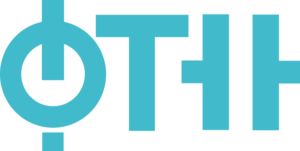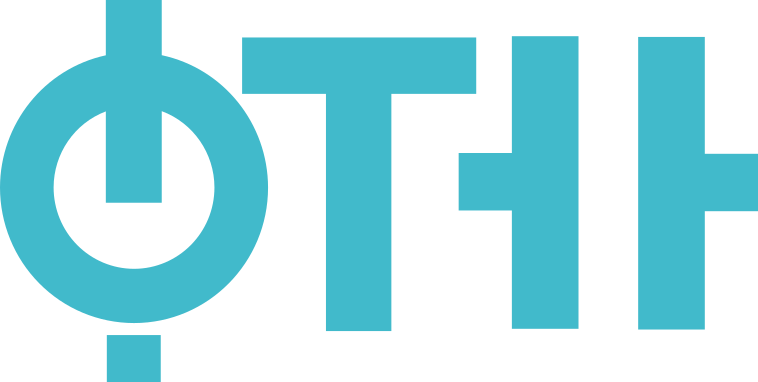Subject: Introduction to the technology of augumented and virtual reality (17.RG013 )
Study programmes of the course:
| Type of studies | Title |
|---|---|
| Undergraduate Academic Studies | Engineering Animation (Year: 3, Semester: Winter) |
| Category | Theoretical-methodological |
| Scientific or art field | Design |
| ECTS | 5 |
Enabling students to understand basic principles, development, concepts and techniques and to learn the possibilities of applying augumented(AV) and virtual (VR) realities in different disciplines. Some of these disciplines are: education, art, science, manufacturing processes, construction, business, cosmic research, entertainment, army, archeology and many others. Students will be trained on various types and technologies VR and AR.
To apply the acquired knowledge in the further education process and in future professional work, in order to be as competent as possible in the labor market.
Theory teaching: Introduction and definition of basic concepts: space, virtual space, reality, mixed and virtual reality. Explanation of broader concepts related to computer and information technology and geometric representation in virtual reality. Review of the development of AR and VR technologies. Hardware architecture, organization, types, capabilities, constraints and accessories. Software applied to AR and VR. VR for the Internet. Application of AR and VR in different disciplines. Practical classes: Exercises are performed at a computer lab. The aim of the exercise is to train students to create 3D ambient and objects for AR and VR, for different needs and types. For exercises various software packages will be used for the creation of different types of AR and VR, as well as the necessary plugin programs.
Lectures in classroom and exercises in a computer laboratory. Consultations. During the semester, students work on 2 tasks: creating a scene with virtual and extended reality with a user interface. Tasks are evaluated and grades are pre-examined. Students go to the oral part of the exam and defend the work using HMD set and mobile applications. Assessment of the exam is based on the attendance of lectures and exercises, task making and oral defense of work.
| Authors | Title | Year | Publisher | Language |
|---|---|---|---|---|
| 2011 | English | |||
| 2017 | English | |||
| 2013 | English | |||
| 2017 | English | |||
| 2016 | English | |||
| 2015 | English | |||
| 2017 | English | |||
| 2003 | English | |||
| 1993 | English |
| Course activity | Pre-examination | Obligations | Number of points |
|---|---|---|---|
| Complex exercises | Yes | Yes | 70.00 |
| Theoretical part of the exam | No | Yes | 30.00 |
Assoc. Prof. Krstanović Lidija
Associate Professor
Lectures
Asst. Prof. Lazić Marko
Assistant Professor
Lectures

Asst. Prof. Đurić Isidora
Assistant Professor
Computational classes
Assistant - Master Obradović Miloš
Assistant - Master
Computational classes
Asst. Prof. Lazić Marko
Assistant Professor
Computational classes
Faculty of Technical Sciences

© 2024. Faculty of Technical Sciences.
Contact:
Address: Trg Dositeja Obradovića 6, 21102 Novi Sad
© 2024. Faculty of Technical Sciences.



